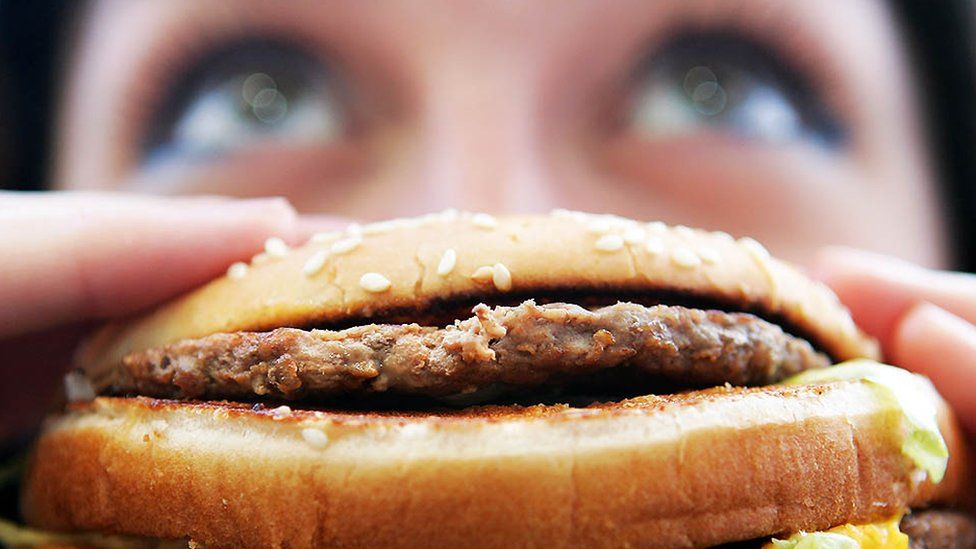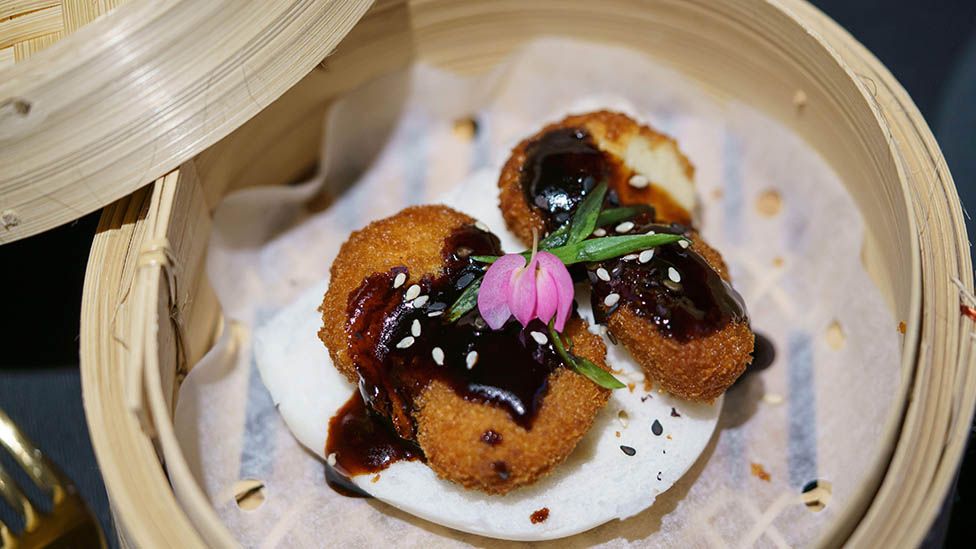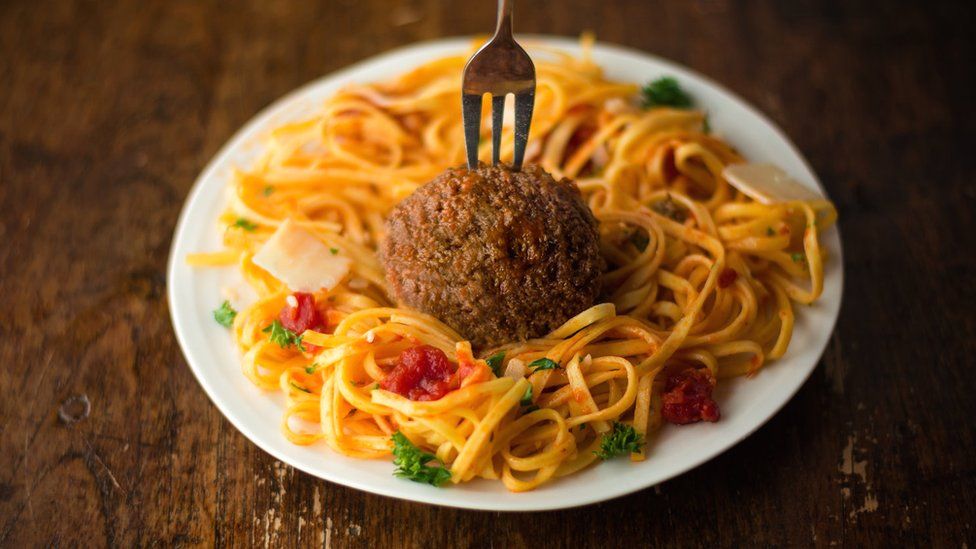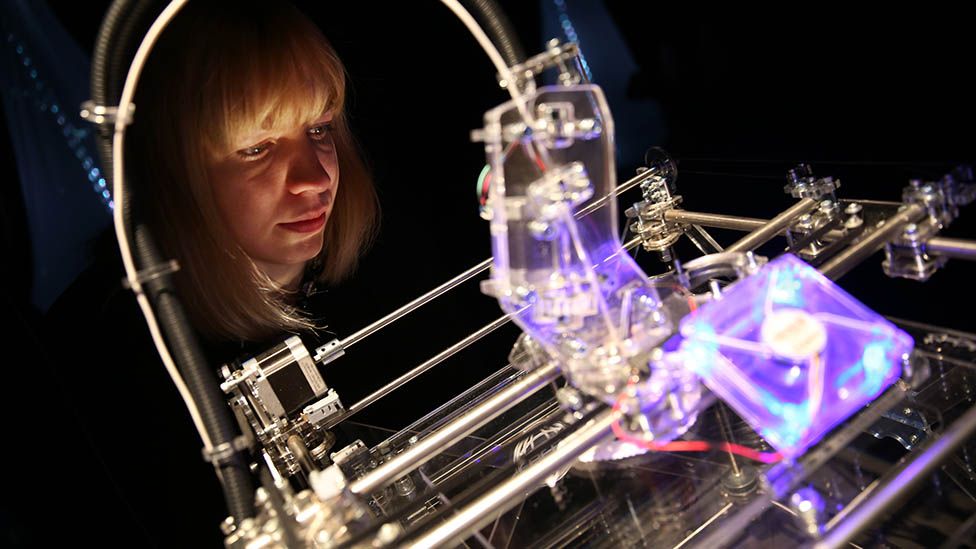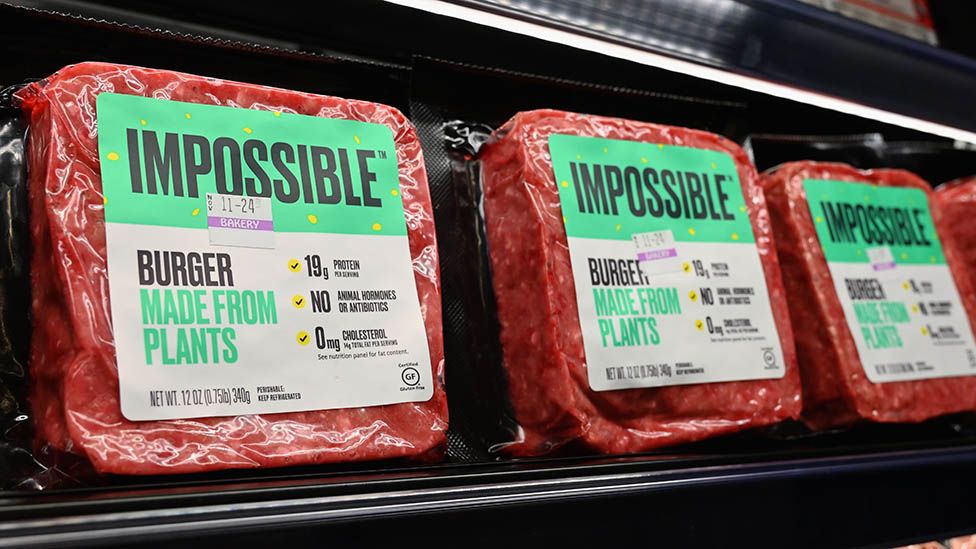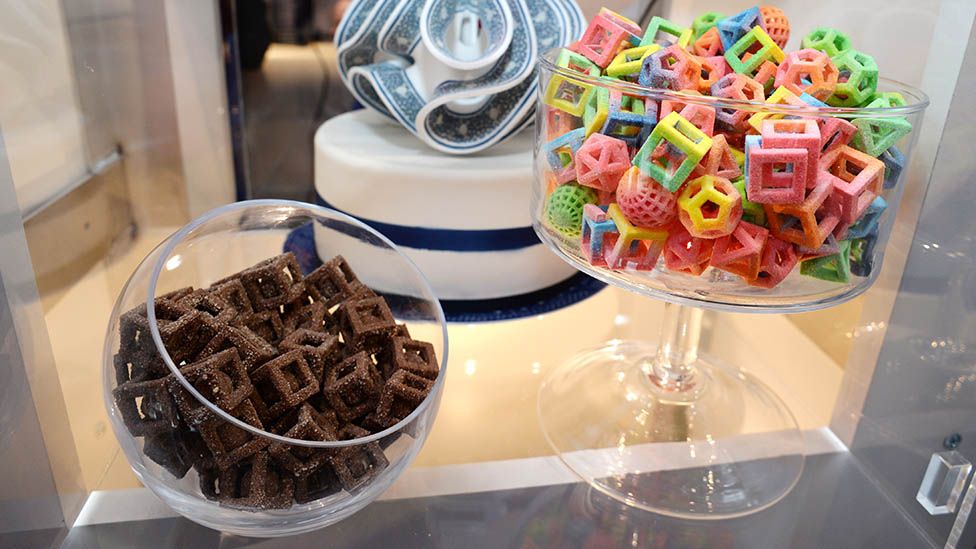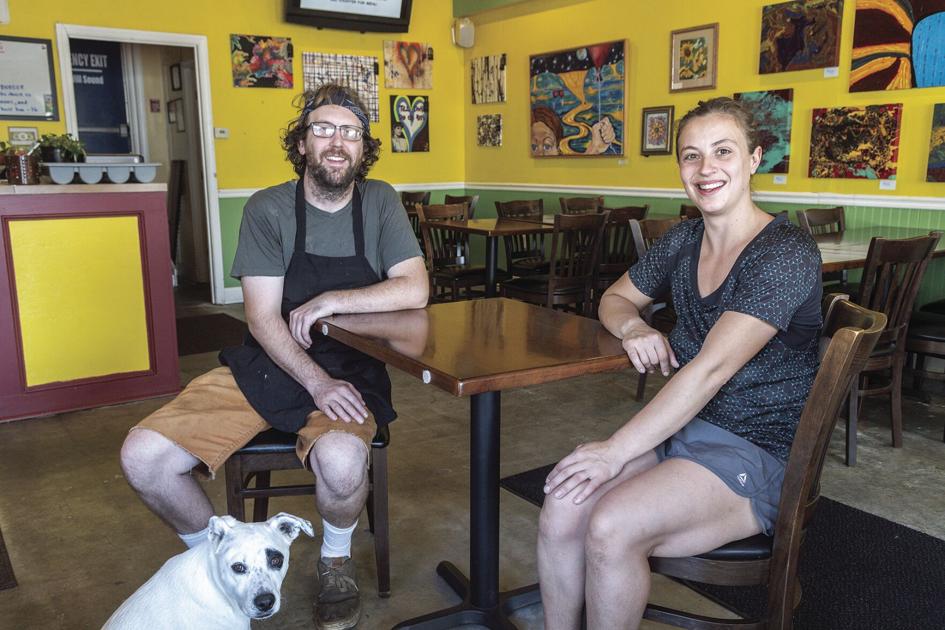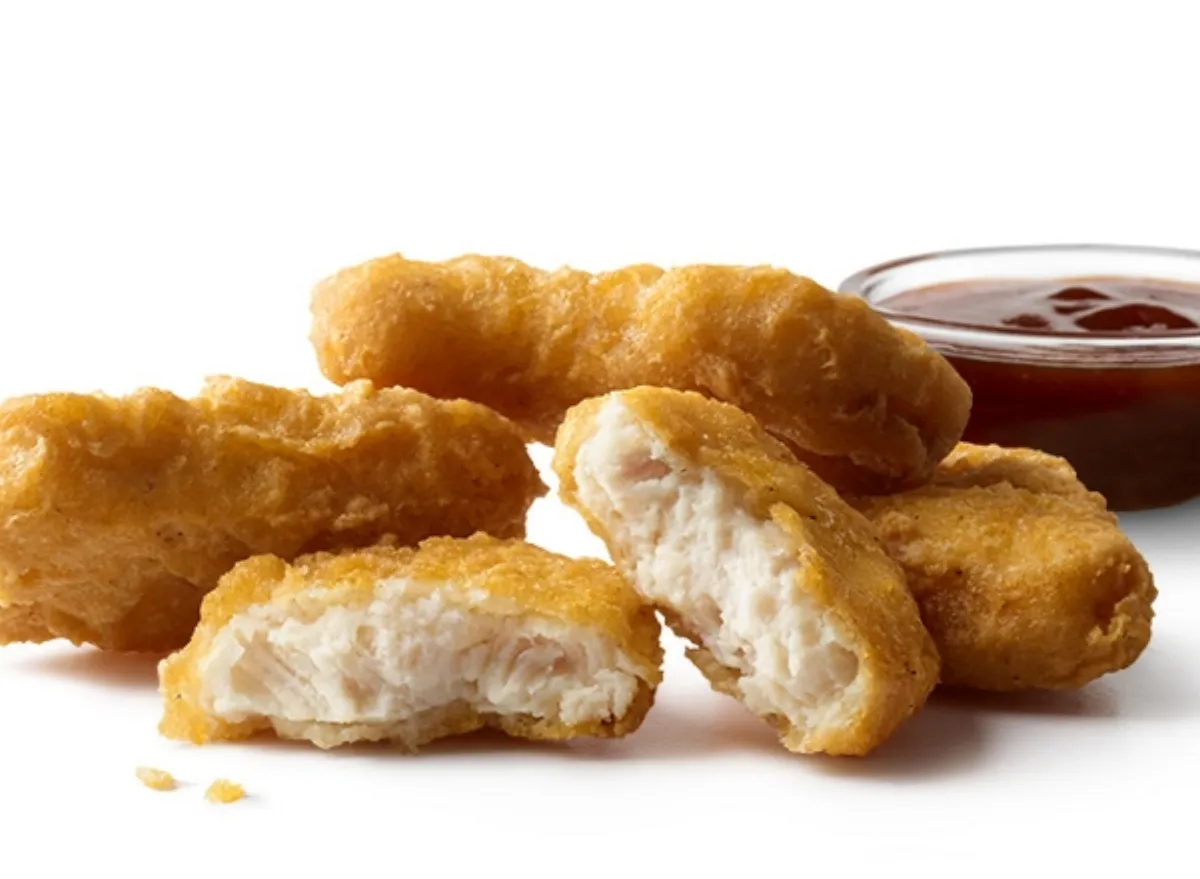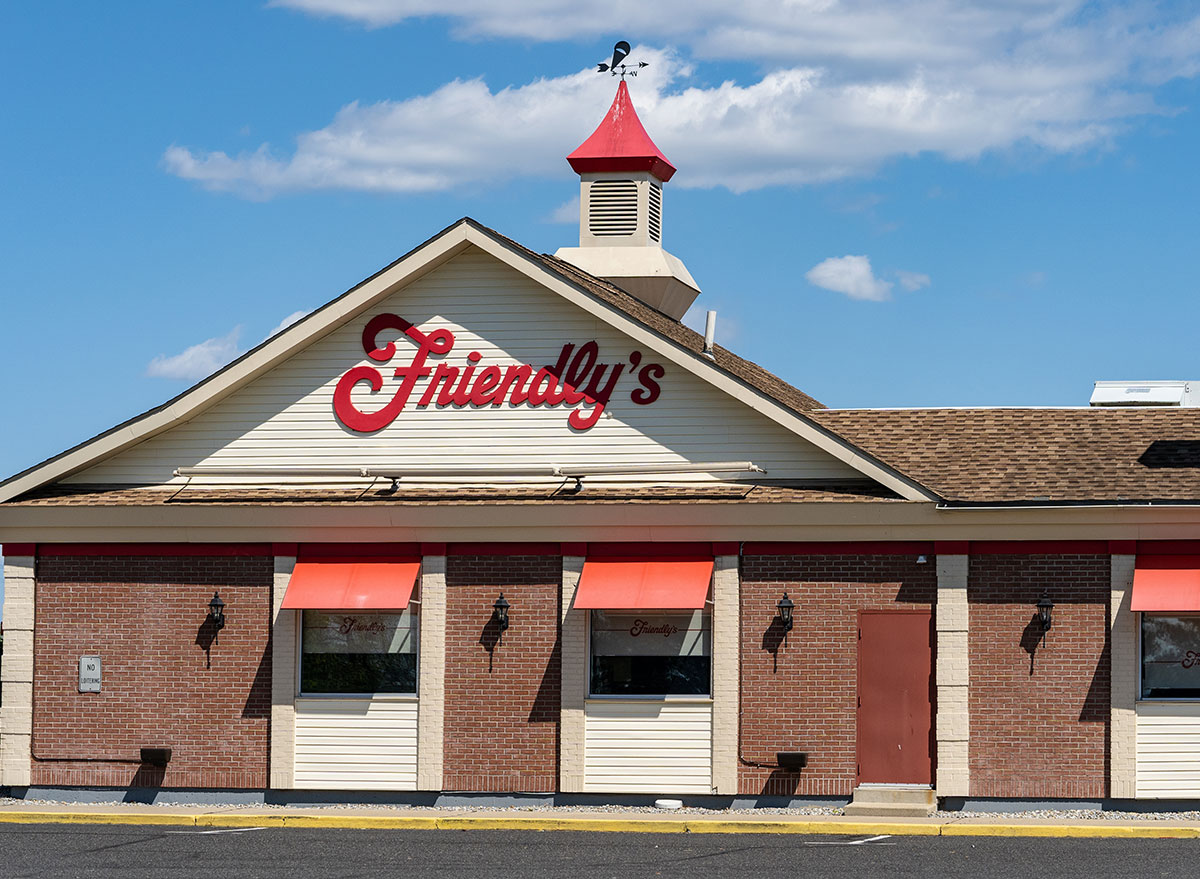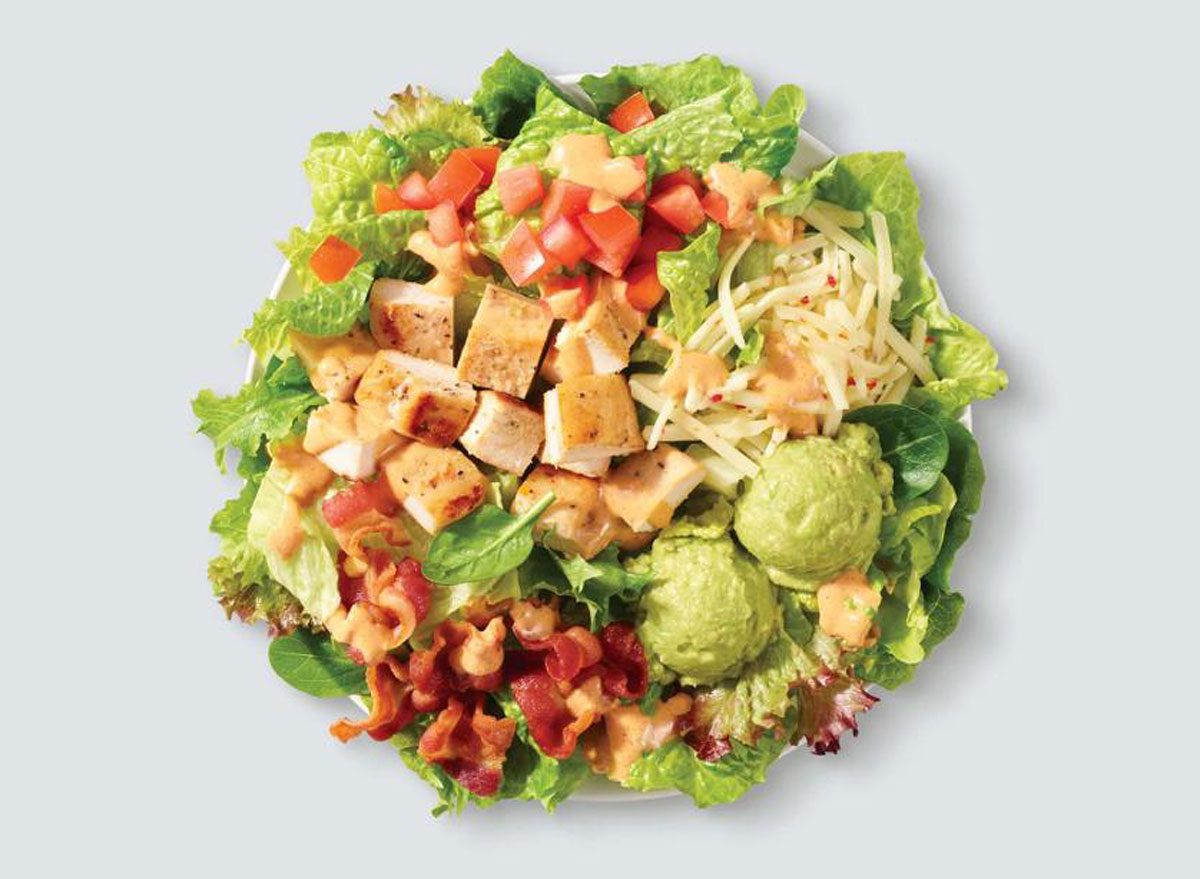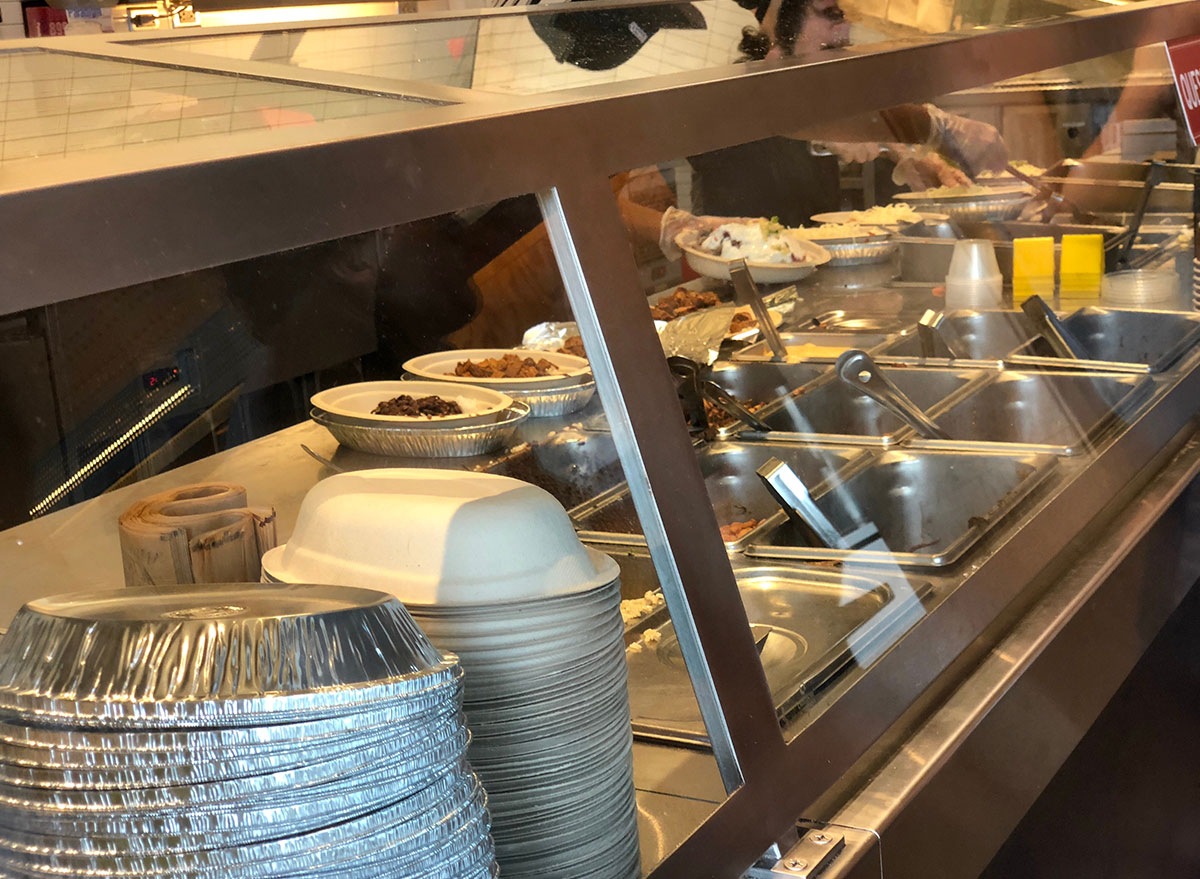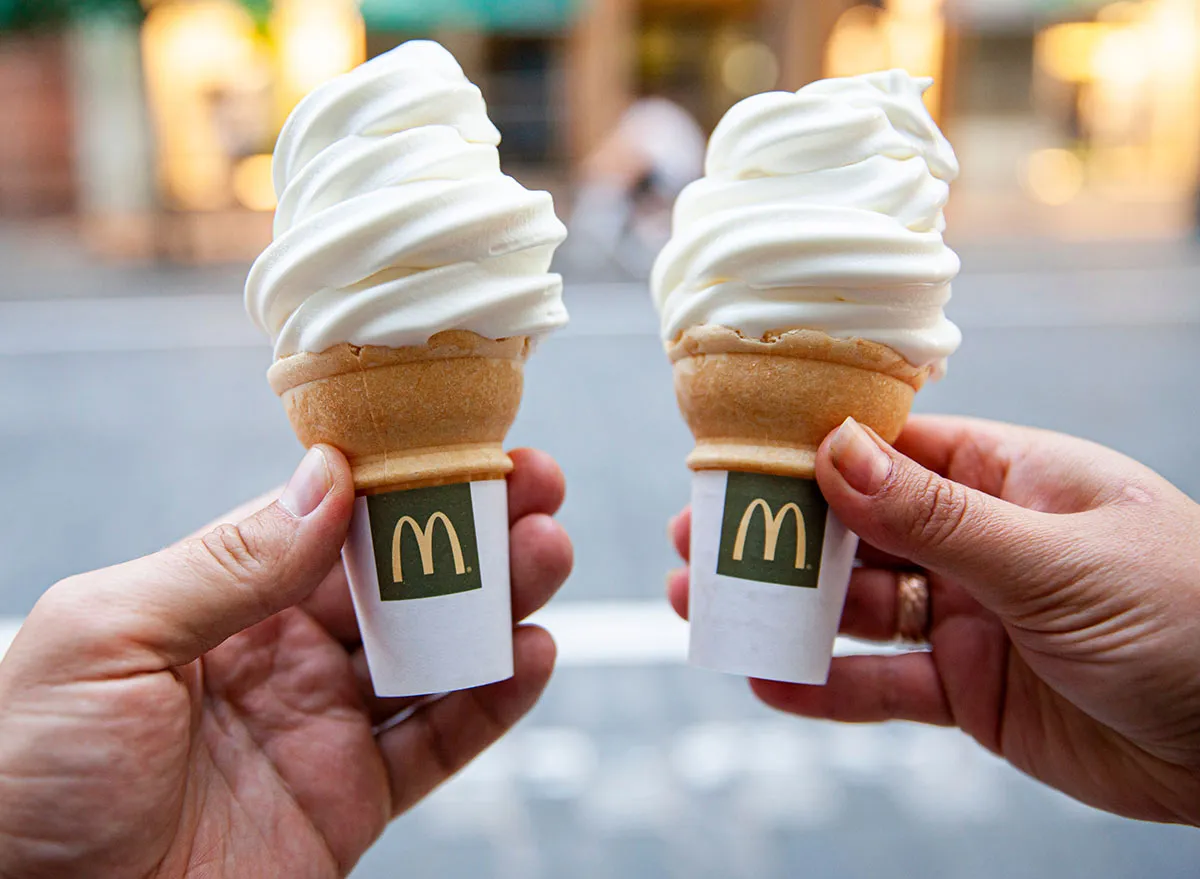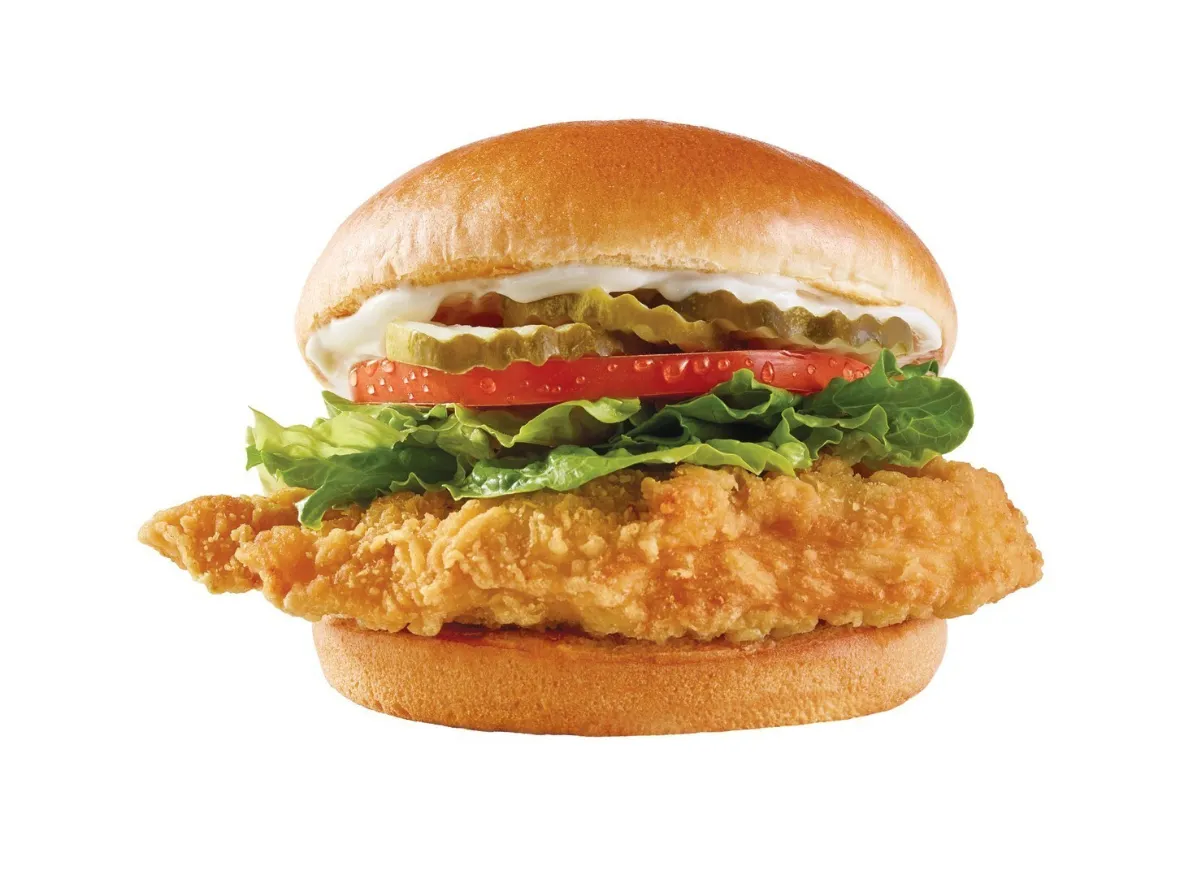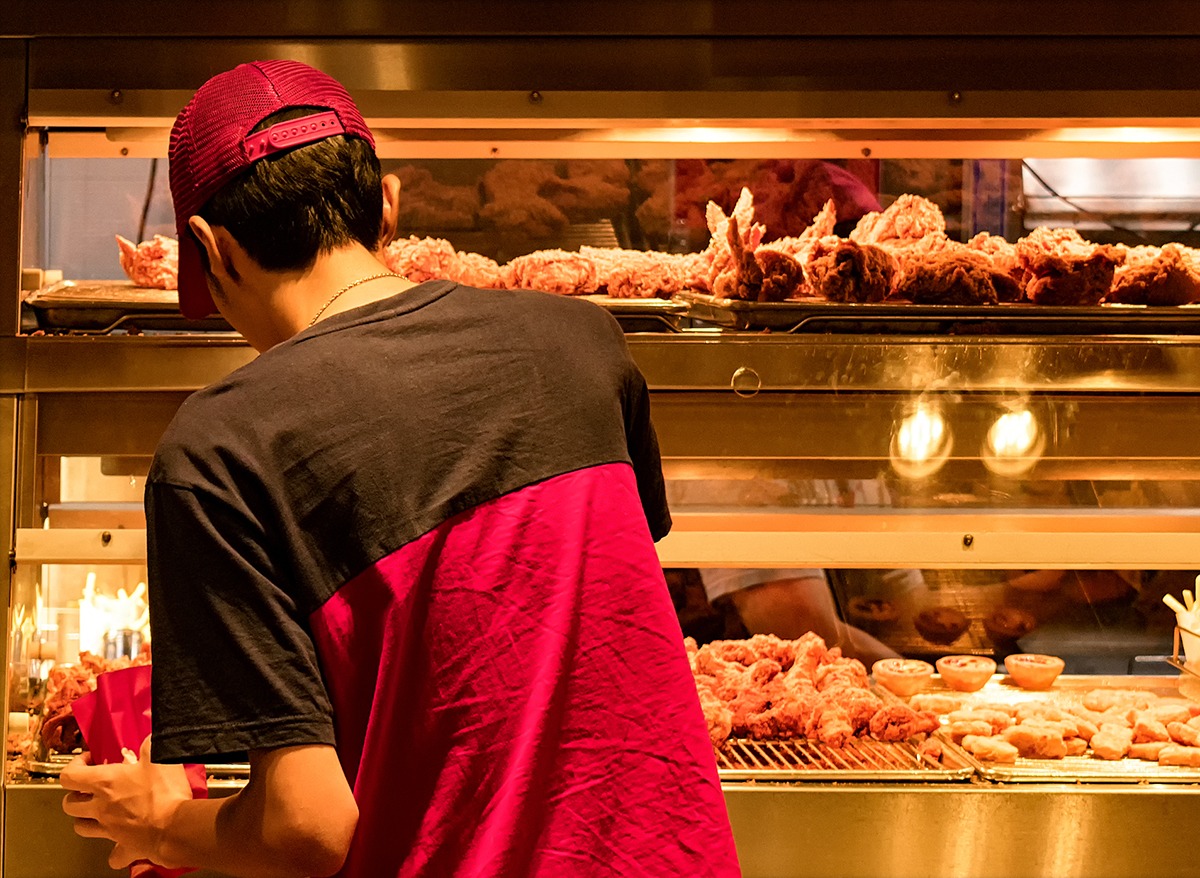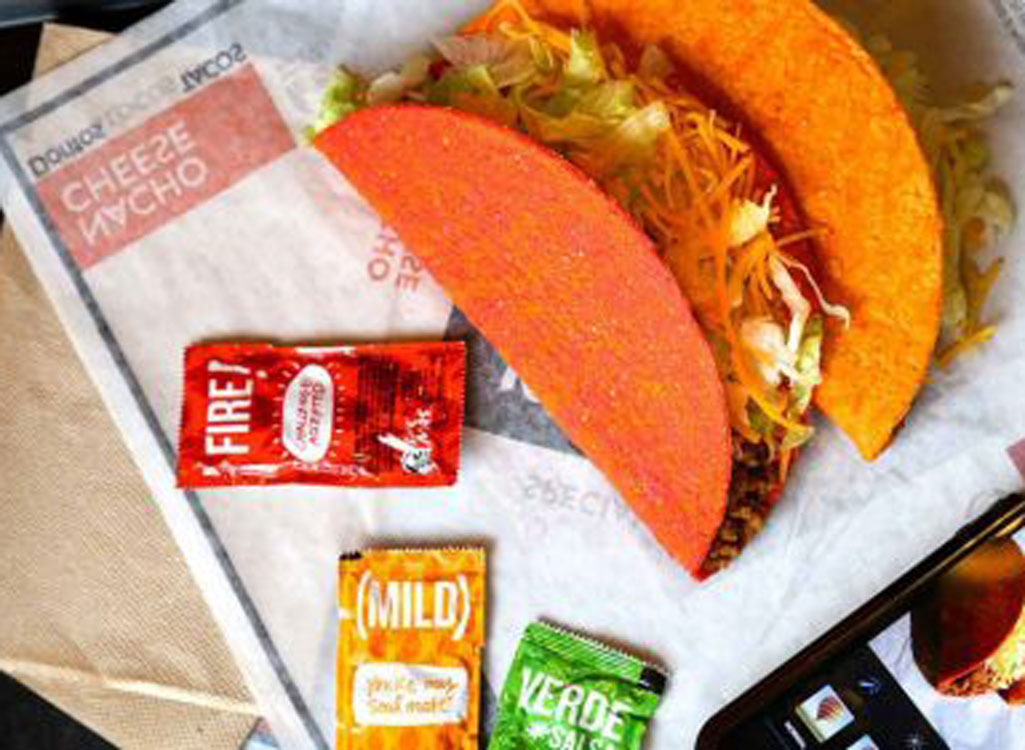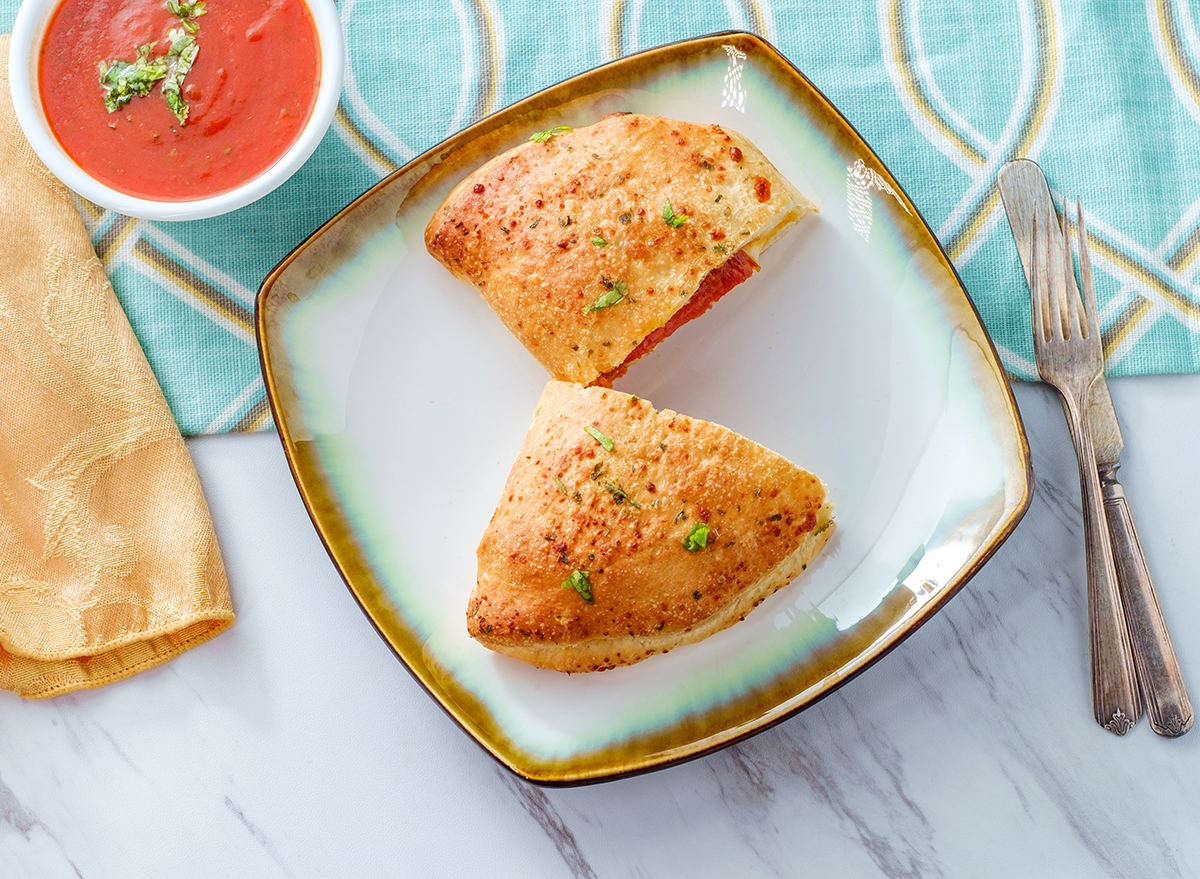At the Kingston Emporium, local farms are getting a boost through a new restaurant, New Wave Kitchen, run by chef and entrepreneur Matt Reagan who aims several of his offerings to the vegan and gluten-free community.
He touts his business, which opened in August as “Seasonally eclectic foods (that) are subject to change with, you guessed it, the seasons. We choose local farmers and foods that are non-GMO (natural) and organic as much as possible. By supporting us you are supporting them too, so thanks.”
Among its many menu items is the vegan dish “Killer Tofu” made of crispy tofu, soy, chili mayo, seaweed, carrot, arugula, brown rice.
There’s also “Grains of Paradise” for both the vegans and gluten-free group. It brings in a medley of tastes brown rice, beets, cherry tomatoes, carrots, scallions, umami dressing.
However, meat eaters need not fear.
Among some standard items is the hamburger dubbed “King Burger,” which is black Angus beef, Berkshire bacon, Vermont cheddar, tomato, greens, pickled veg, special sauce.
This week Reagan, 34, took some time from his Tuesday through Saturday schedule at the 99 Fortin Road restaurant for an interview about the founding of his eclectic bistro.
Where did the idea for this restaurant come from?
Reagan: So after spending quite some time working in this industry from high school, through college and beyond, I guess the idea for a restaurant probably started some time ago. I worked with the team at Crazy Burger for around a decade and helped them open a restaurant near the end of my time with them
What you do mean by “seasonally eclectic foods?”
Reagan: New Wave Kitchen is basically the idea of offering a different source for where we get our ingredients and not tying ourselves to a single identity. We choose local and organic as much as possible at home, that’s what we support and we would love to bring that to the forefront.
There will never be any big box trucks here, we will not support companies like that and nor will we be getting lettuce and tomatoes year-round from California while those same companies that deliver them, get tax breaks that we end up paying for. It’s just not what New Wave is about.
How did you decide on the kinds of items offered in your menu?
Reagan: I decided that the menu should be approachable to as many people as possible trying to put my spin on some comfort style dishes. Most of the time when you hear a restaurant is sourcing from farms you have that mindset that it has to be semi-to-fine dining, but we just wanted it to be super casual.
I also didn’t want to offer the same style foods already offered in the Emporium, the same old processed foods that everyone has come so comfortable settling for. And we also go for vegan and gluten-free options.
Who are some local farm you use and what do you get from them?
Reagan: Luckyfoot Ranch in North Kingstown and Brandon Family Farm in west Kingston provide our produce, Deep Roots Farm in North Scituate provides our chicken, Wild Harmony in Exeter provides our pork, Blackbird Farm in Smithfield provides our beef, Cedar Valley in Exter provides our eggs, Wrights Dairy Farm and Bakery in North Smithfield provides our dairy.
We also use Farm Fresh, a Providence-based company that unites farmers across New England with Rhode Island families and businesses. Also our beverages are sourced locally.
The emphasis on our sourcing is not to size us up against competitors, but to let you know this is what we care about. This is a food system we support. That our choices do make a difference in people’s lives and health.
We take our sourcing very seriously therefore the menu will change with the seasons. Every menu item may change or tweak or even disappear because of ingredient availability, thus giving us the chance to reinvent ourselves.
How many staff members do you have?
Reagan: Currently the staff consists of myself and my girlfriend,
Iman DeMartino 28, who’s gone above and beyond to help me achieve what we’ve created. She works in the morning Luckyfoot Ranch and then comes to work after with our organic produce for the restaurant.
Is there a house specialty you pride yourself on doing very well?
Reagan: I wouldn’t say there is a house specialty, that’s like asking a parent who’s their favorite child. Everyday people will read the entire menu and not know what to get because everything sounds so good they can’t decide. I guess it just gives them a reason to come back and try something else. But we have gotten some attention based on our ramen offerings.
If we can’t get cucumbers or tomatoes in the winter from Rhode Island or someone in New England then obviously, we will not have that. We choose farms and producers based on our relationships we’ve built or by first hand enjoyment of their products.
Why did you choose the location you did?
Reagan: After that I worked at a few different restaurants trying to figure out something new and what I wanted to do. Finally I had looked at the spot at the Emporium. The place had changed over a couple times since I went to school at the University of Rhode Island (which adjoins the Emporium).
I thought, this place has great potential, albeit needing a lot of renovation. So I took it upon myself to open the restaurant.
What is your proudest thought about running a restaurant like this?
Reagan: I would have to say I’m most proud to know that the food we serve is well considered, and that I don’t have to worry about the quality because at the end of the day I know that if you’ve come to see us you’ve also made the choice to support all the people trying to make some kind of difference in our community.
As well as choosing local for our restaurant food model, we offer up our walls to local artists/artisans to hang their work with no commission from us. We offer bring-your-own-bottle because why not come enjoy a meal and not have to pay an extra $20 bucks and tip.
We are dog friendly because, yes, we have a dog, Miso, a rescue terrier mix, who is there pretty much every day with us and a woman opened a dog groomer next door, it just made sense.
Adblock test (Why?)
Article From & Read More ( New Wave Kitchen takes community-first approach to food - The Independent )
https://ift.tt/3GzLyIC
food


